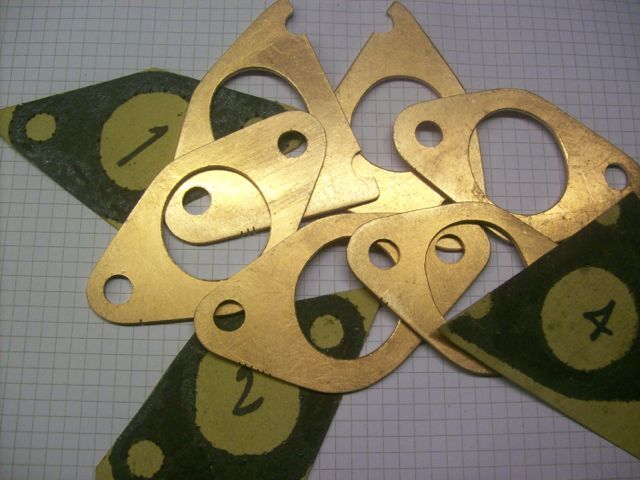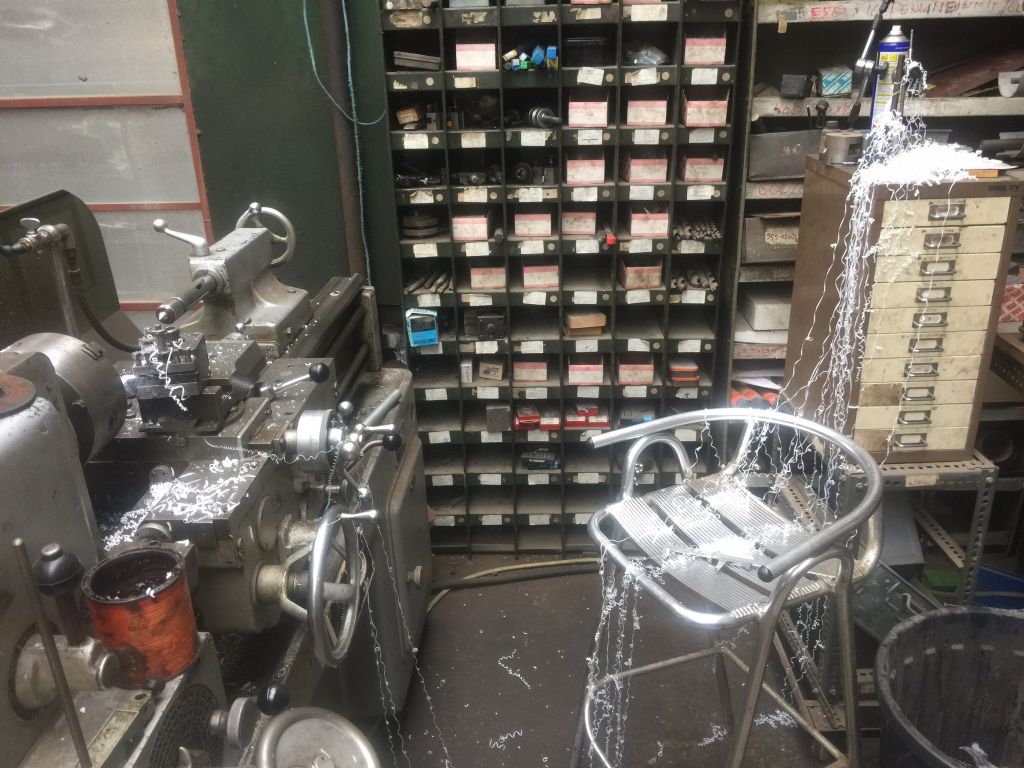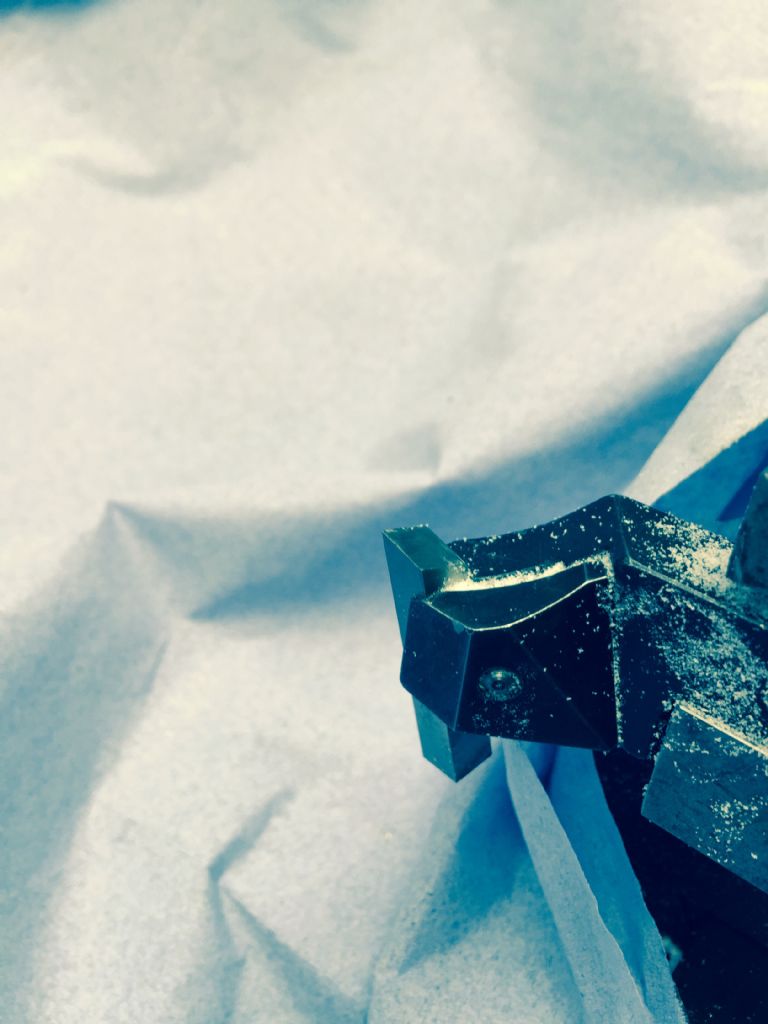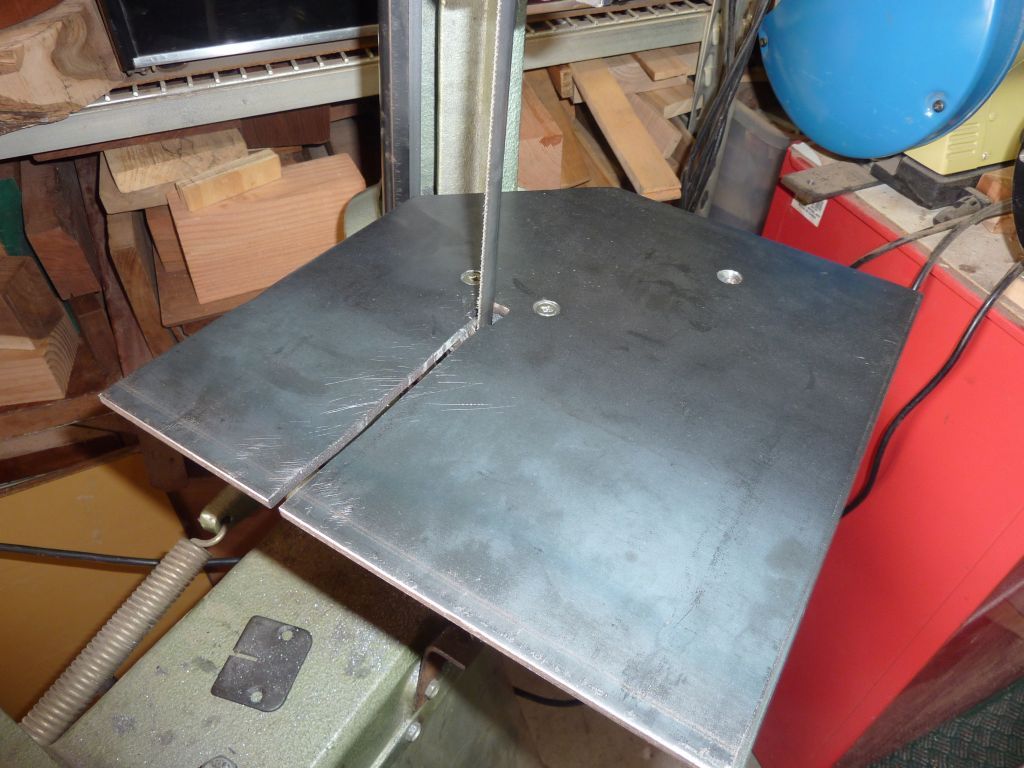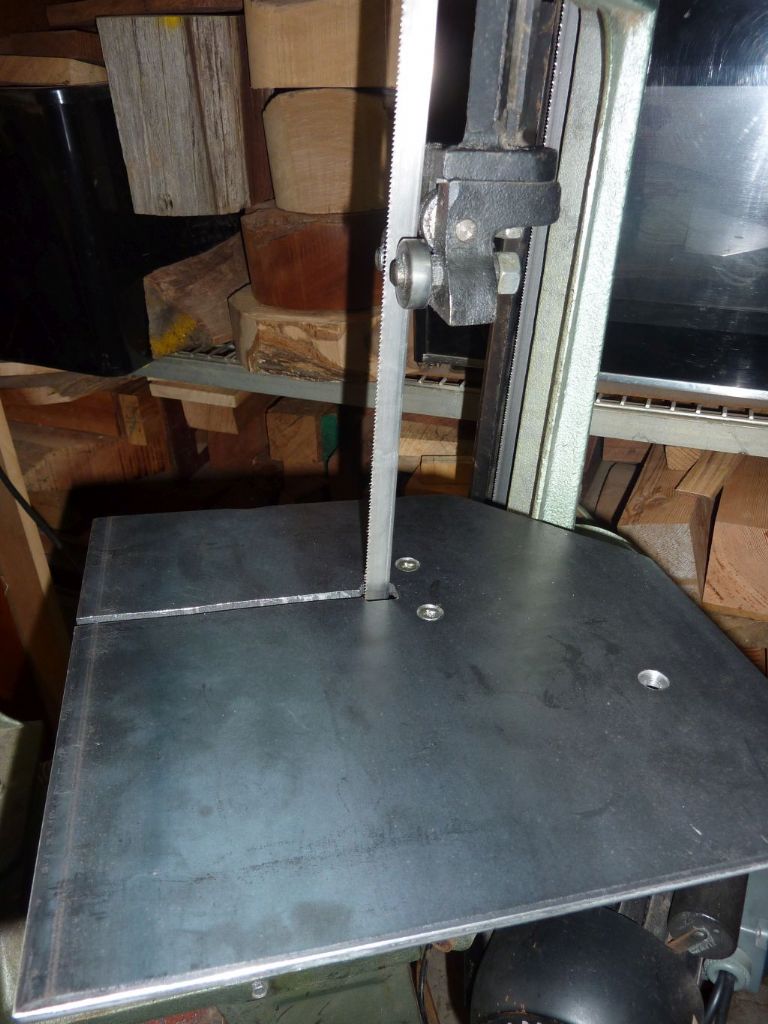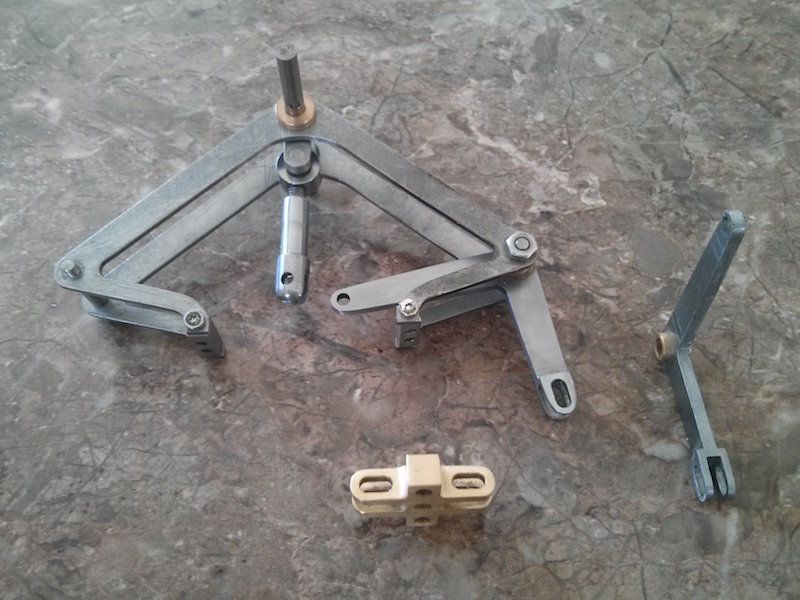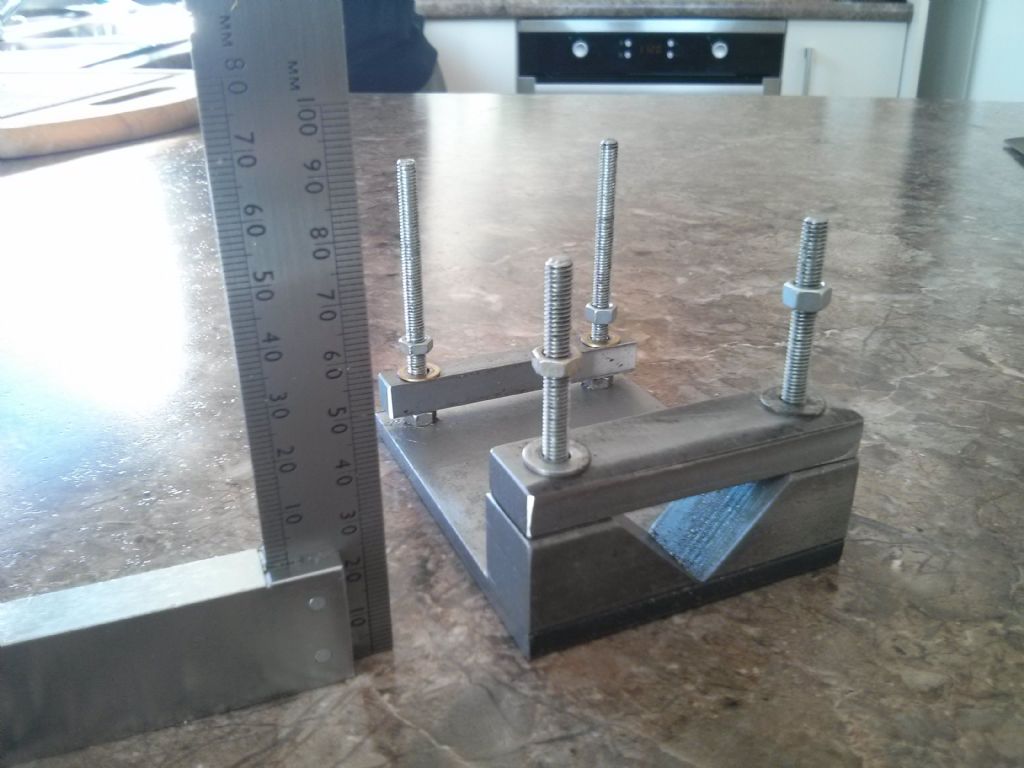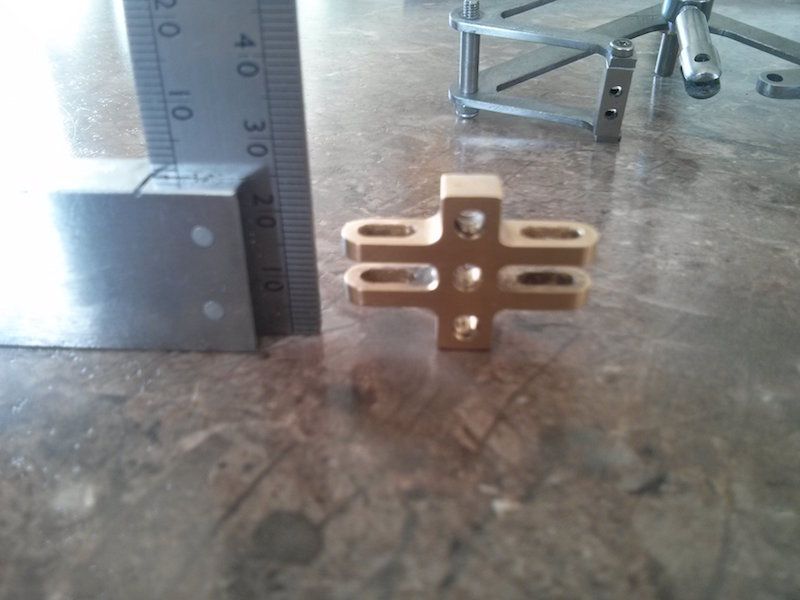Going back to the subject of broken Taps.
I was told that most taps break because of bending. For tapping holes away from the lathe or the Mill/Drill, I made up fitting for an old Bench Drill base/Column, with a 3/8 jacobs chuck., and driven by 6mm dia (High Pressure Injection Pipe) tommy bars.
For Tapping in the Lathe, I made up an holder to take ER25 collets, which slides on an arbor, the same diameter as my Tailstock sliding .Die Holder. (Much kinder than using a Drill Chuck in the tailstock and asking the new thread to drag the whole lot along the lathe bed. Doesn't work with ME40 threads on my Lathe anyway!) There is a stud which bears against the toolpost, and very often I use the "jog" facility on the Invertor drive to Tap or Die under power. If it gets too much, the eleven year old belts slip!
In the Mill Drill, usually use tap wrench on the squares, but with a Tap In Line gadget to keep it square and minimise bending. It would be nice think that some common sense is applied to the torque monitoring fingers.
Have have just made a free running chuck, with tommy bars on a MT arbor to fit the spindle. This will be OK for coarser threads as they are deeper and will stand the loads involved in pulling down the quill, especially if helped with a bit of manual down feed.
All these chuck/collet devices grip the round shank of the Tap, and so have the "fail safe" of slipping if the Tap jams, or bottoms.
Hope that this reduces the number of broken taps. (In the past, I have used the hardened drills that the guy used to use to drill hole sin ball bearing cases, at shows. They worked well, but eventually wore out/broke and he no longer seems to go to shows.
Wonder if a suitable sized Masony drill, reground on the Worden or any other Cutter Grinder, with a diamond wheel, would work?
Despite having a large can of Rocol STD, I tend to use the fat left over after grilling bacon. Seems to work quite well, and is probably not too different from the tallow used in days of yore. And its free, relatively!
My rule for Metric Coarse threads is to use a tapping drill which is (Size minus Thread Pitch). Otherwise, I refer to the Zeus charts from my apprenticeship started in the late 50s, or for threads not listed there, the charts provided in various workshop technique books by folk like Tubal Cain, Bradley etc, or the chart from Tap and Die Co.
If it starts to feel a bit too tight, stopping and redrilling using a drill 0.1mm larger usually does the trick.
Wherever possible I try to use 2D of thread engagement, or 1.5D unless ABSOLUTELY forced into using less, to prevent stripping as I graunch things up.
Hope that all this reduces the number of broken taps.
If you break a tap or a drill, it would be nice to know someone with a spark eroder. THAT does work! Have had more failures than success at punching the Tap round to grip it with pliers/Mole wrench to remove it. Have never tried the Alum method of removal so cannot comment on its effectiveness
Howard
Edited By Howard Lewis on 09/06/2015 23:44:33
 JasonB.
JasonB.





